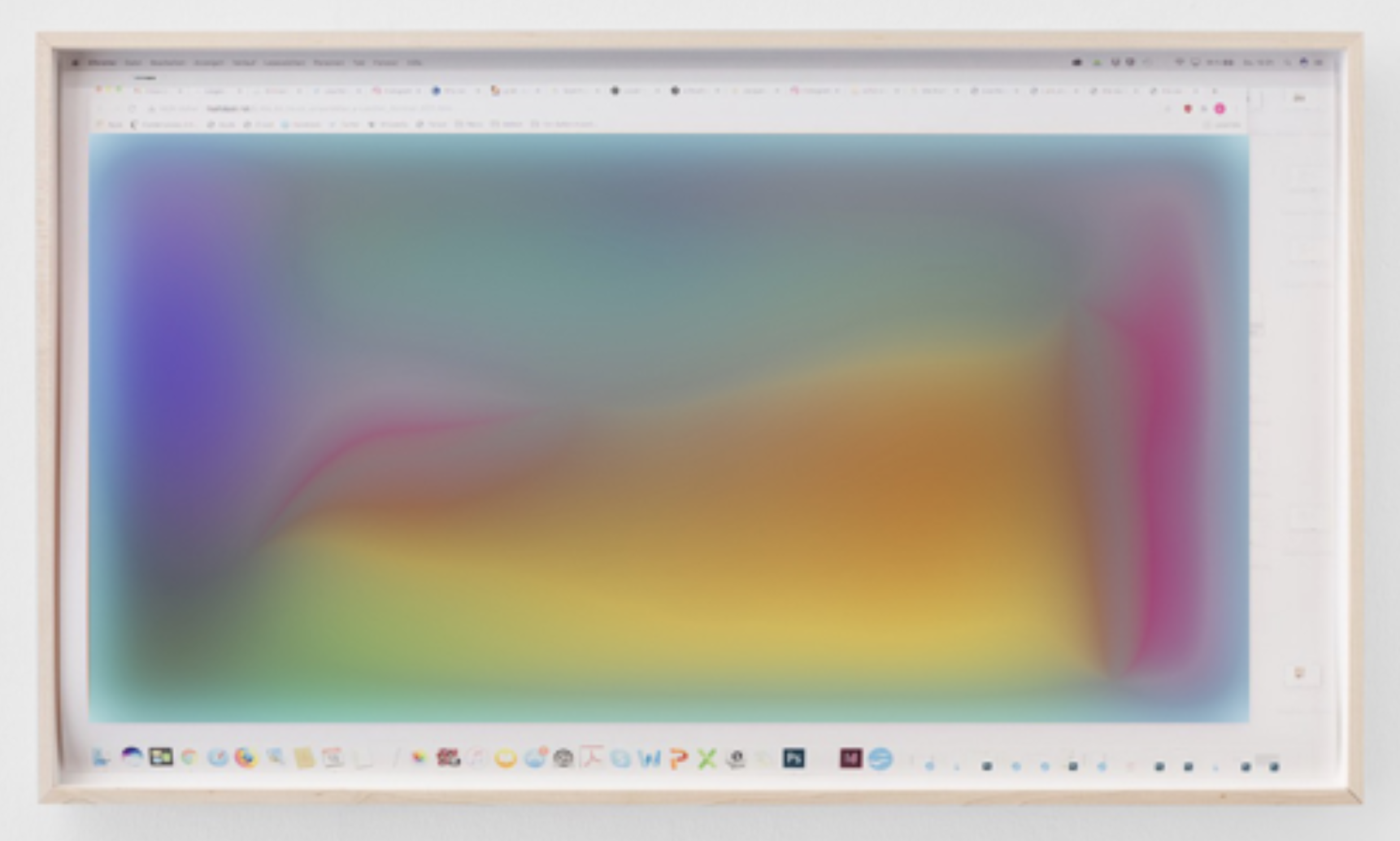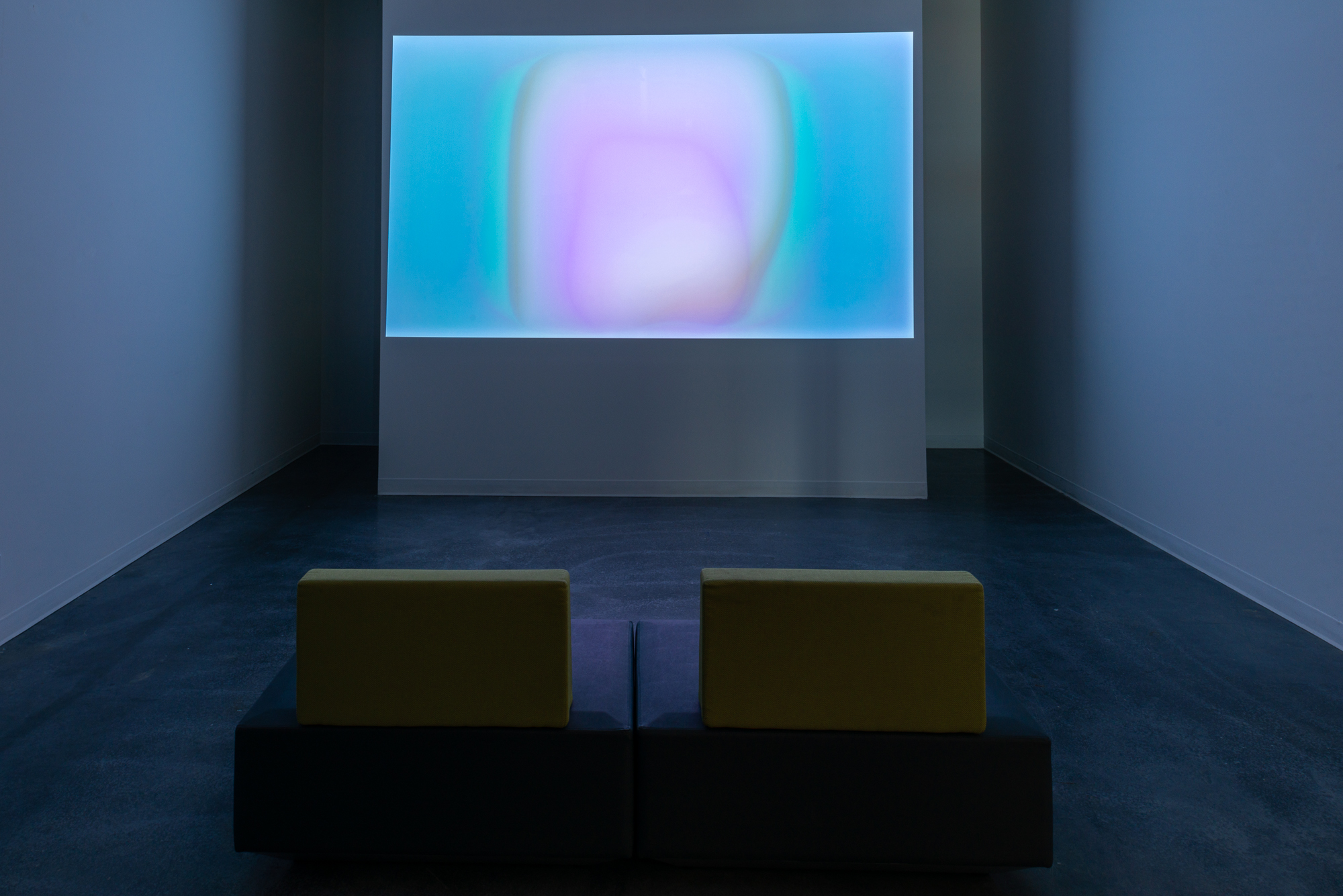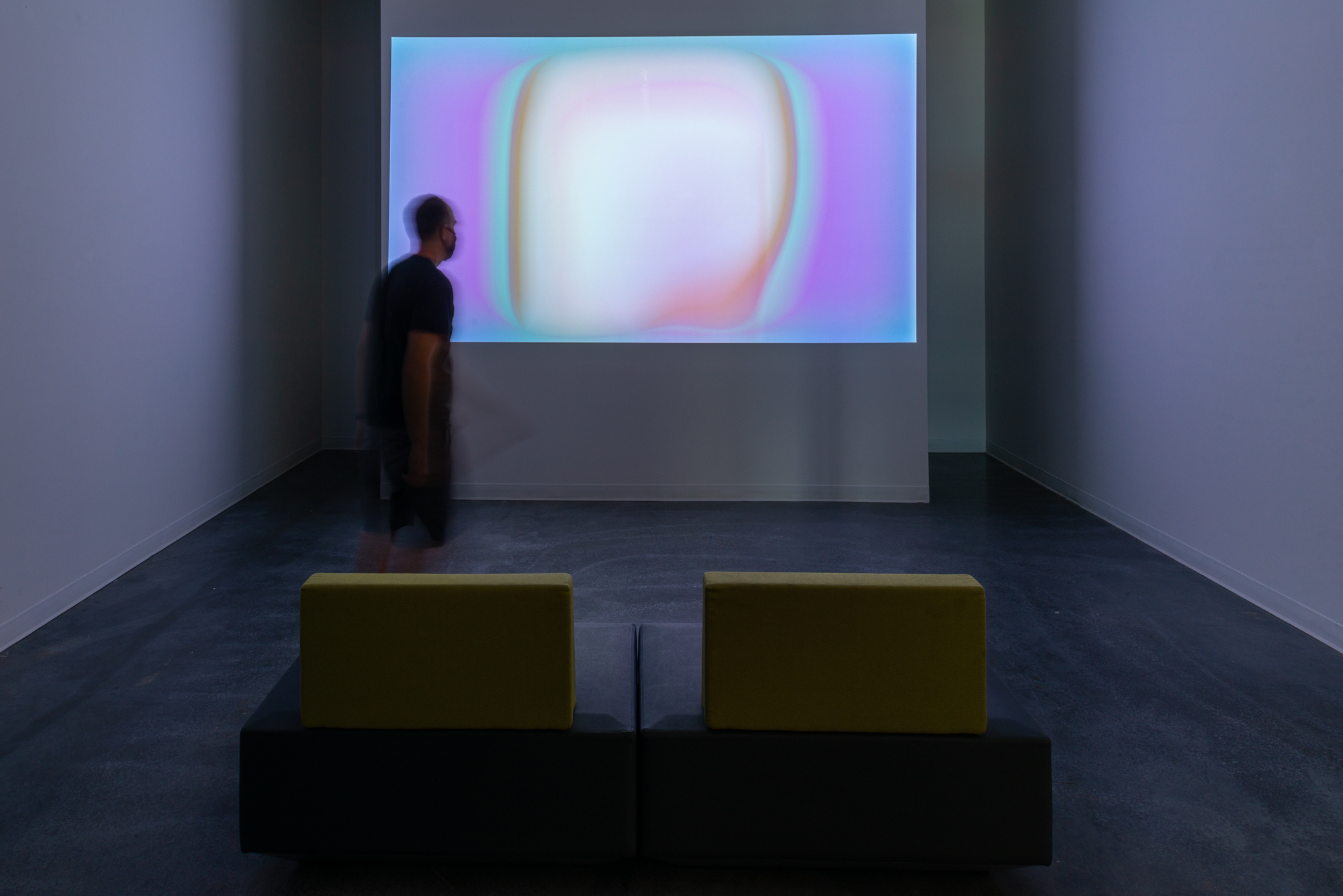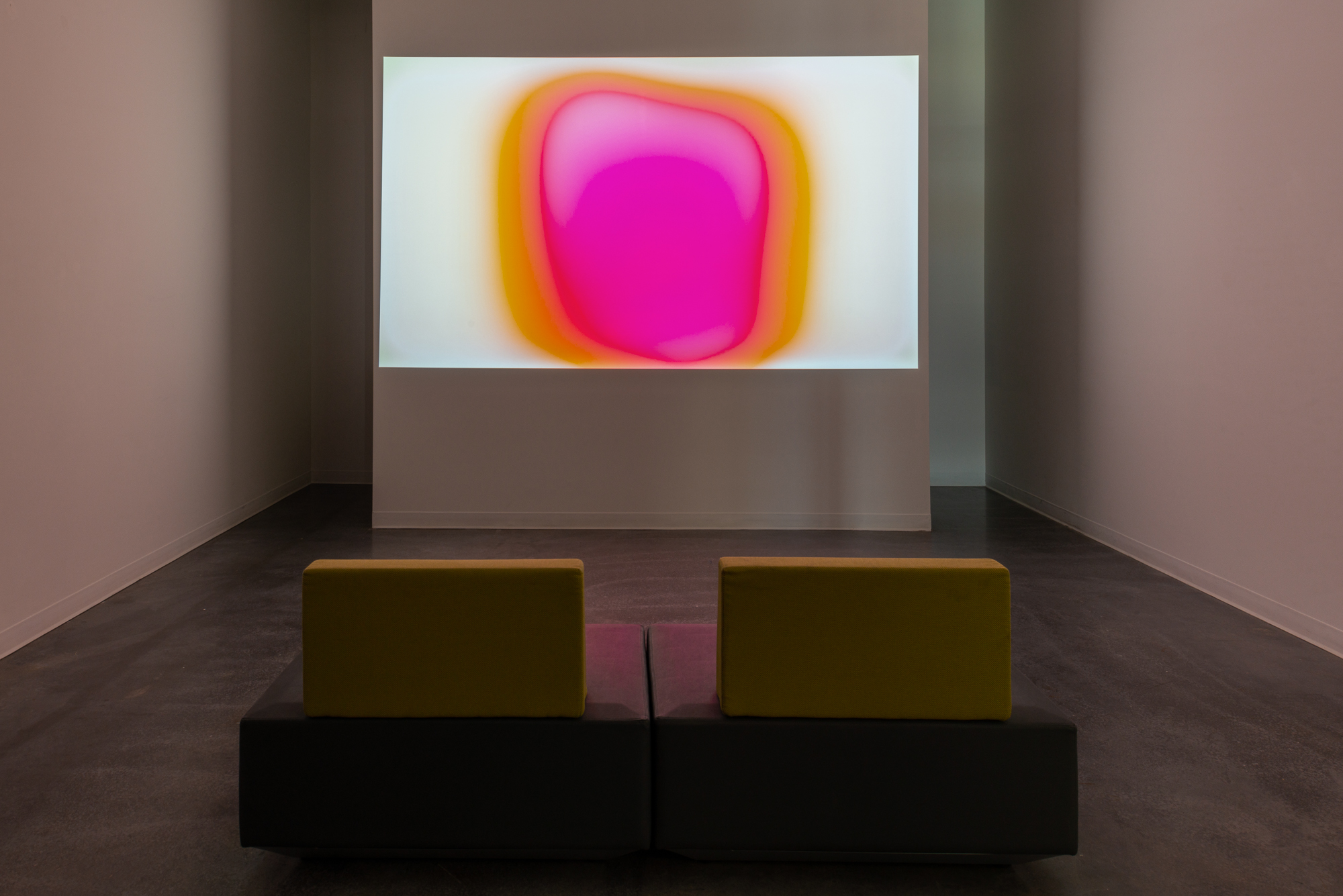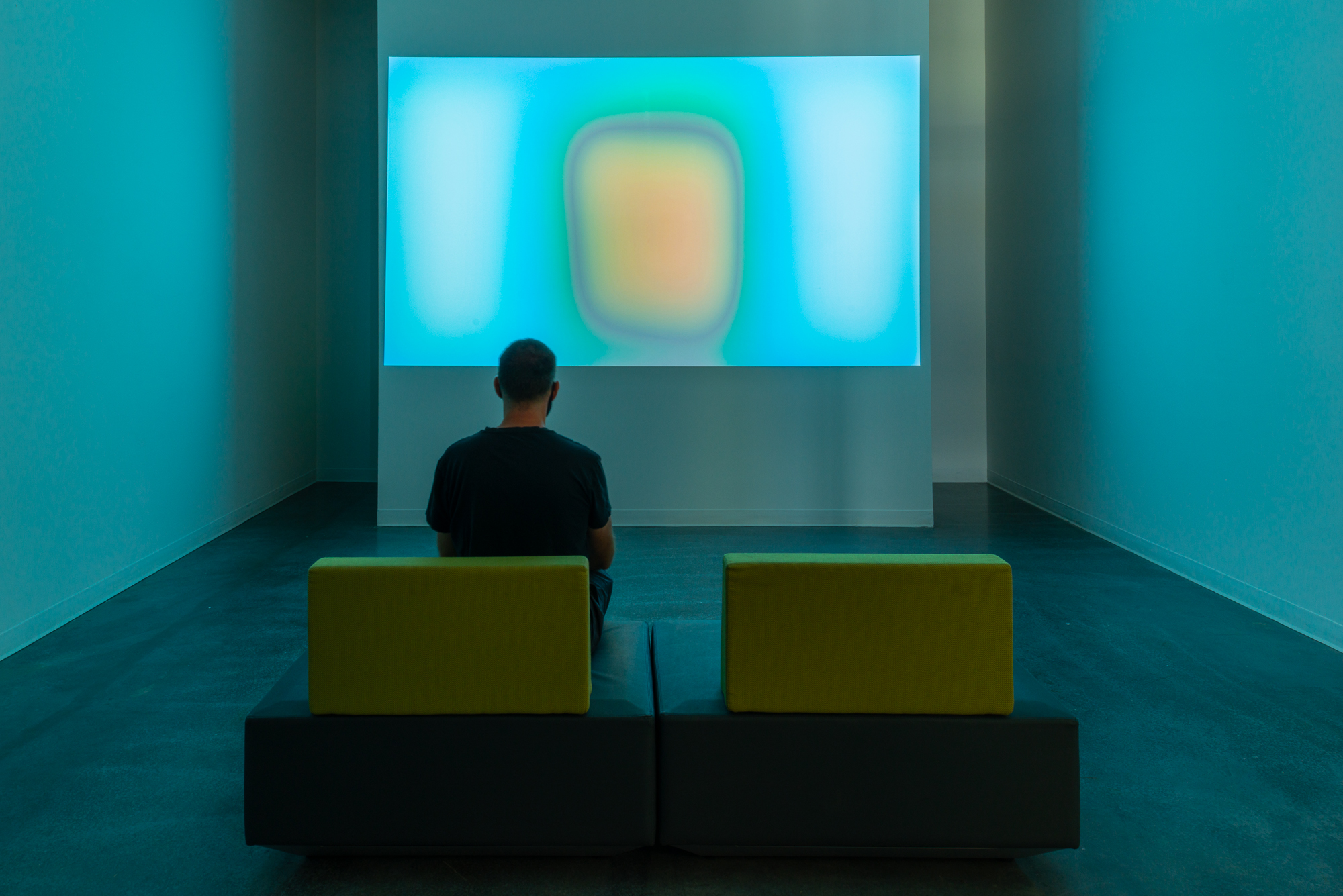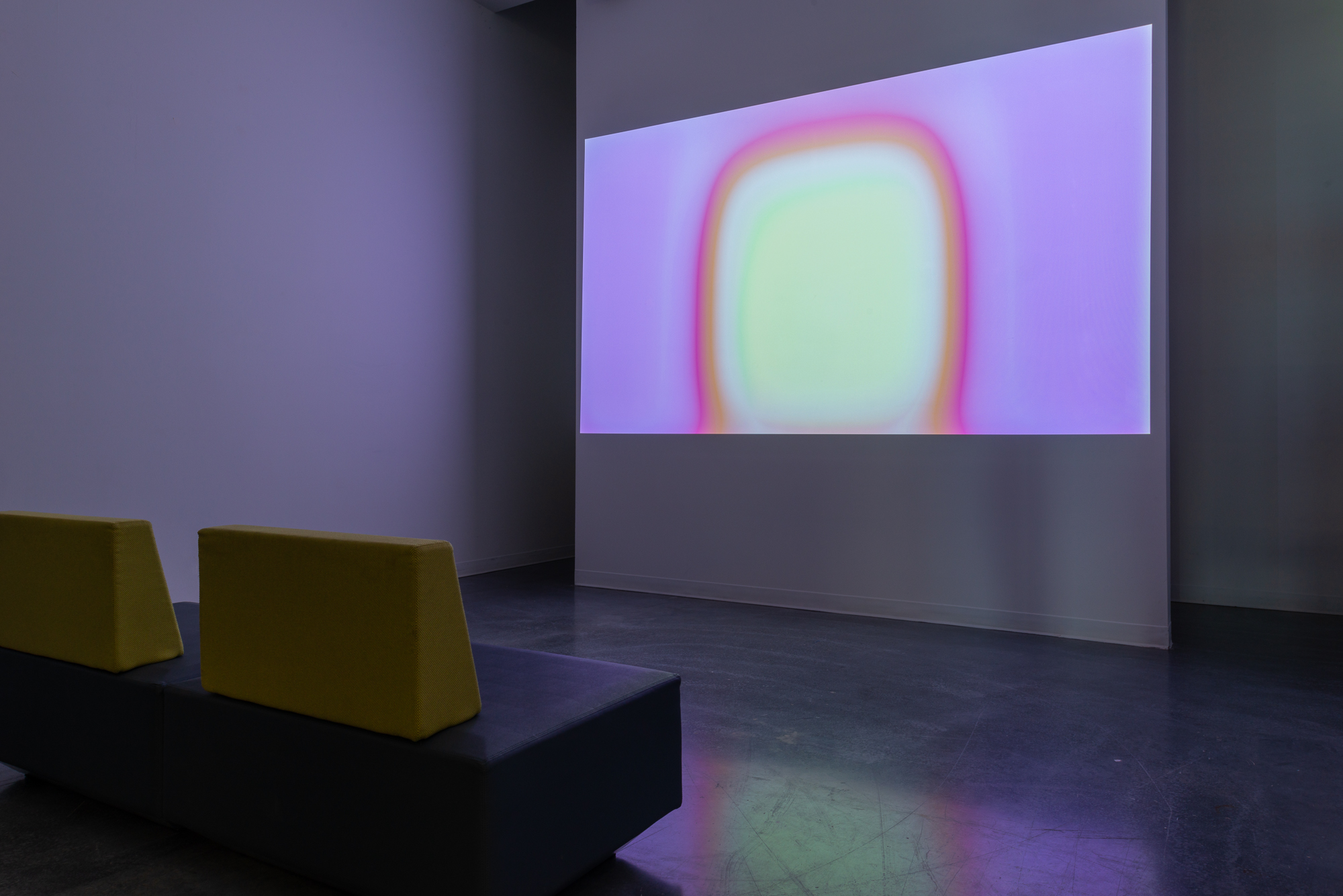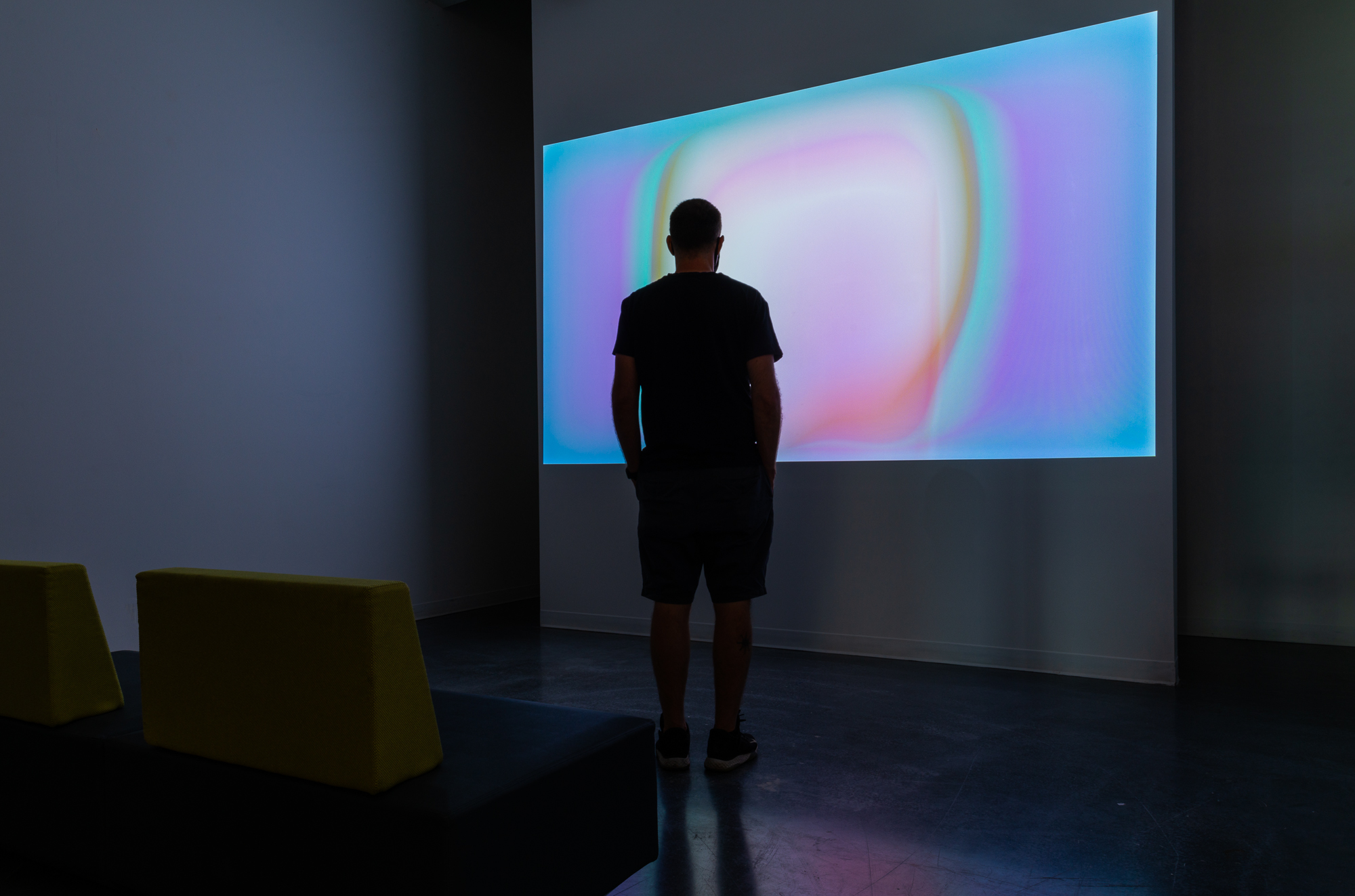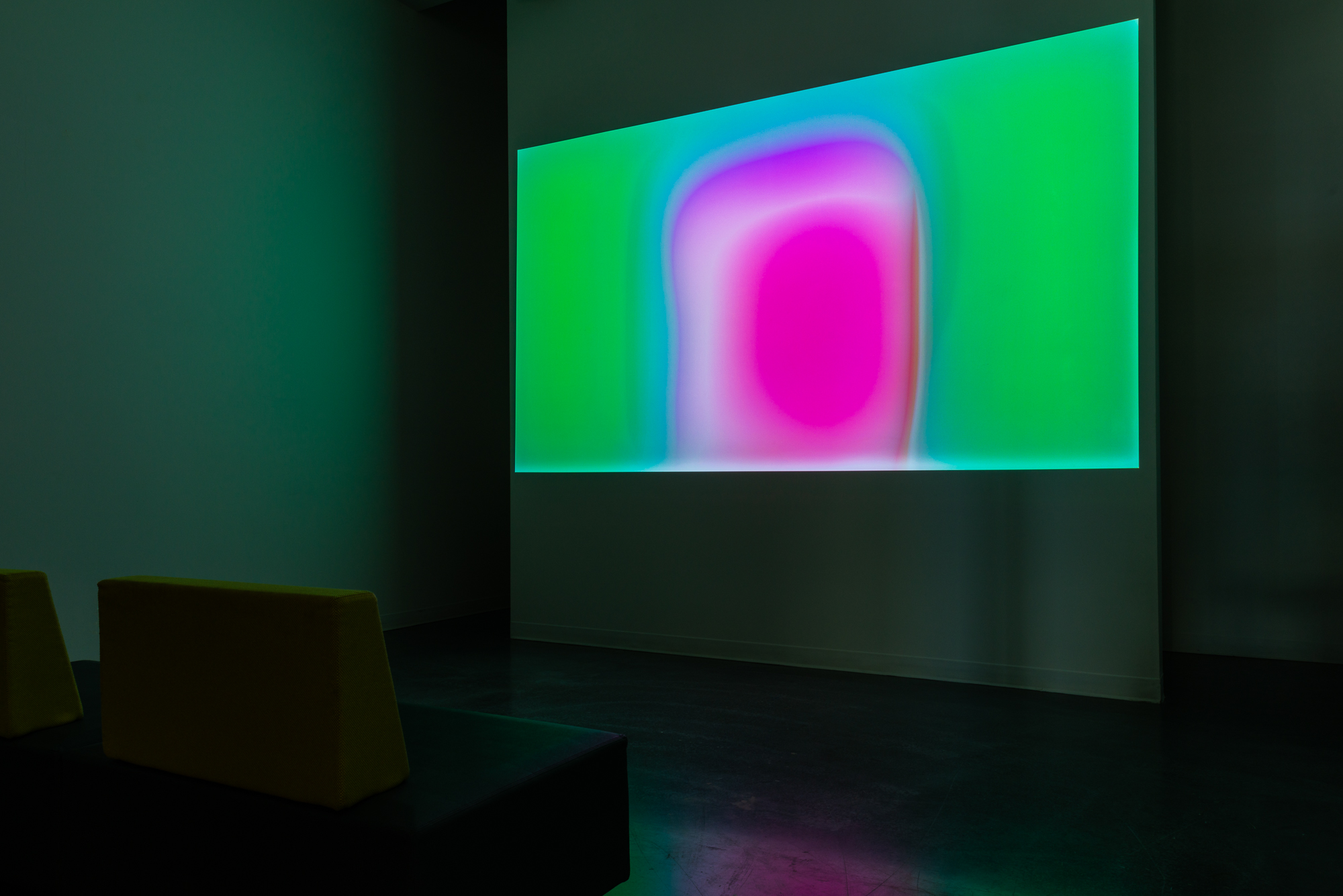The decline was gradual, like that of a person into old age, inconspicuous from day to day until the season became an established, relentless reality.
Alain de Botton
Humans tend to think about the future. We speculate and dream and wonder and worry, often in an abstract fashion as if the future manifests itself as a concrete event, rather than what it really is, the slow cumulative shift of this into that. Gradual change. It’s the technological shifts – the little things we accept and normalize – I’m concerned about in this work.
From Vannevar Bush to Berners-Lee, the aspirations we’ve built into the “machine” impact not only today, but all possible tomorrows.
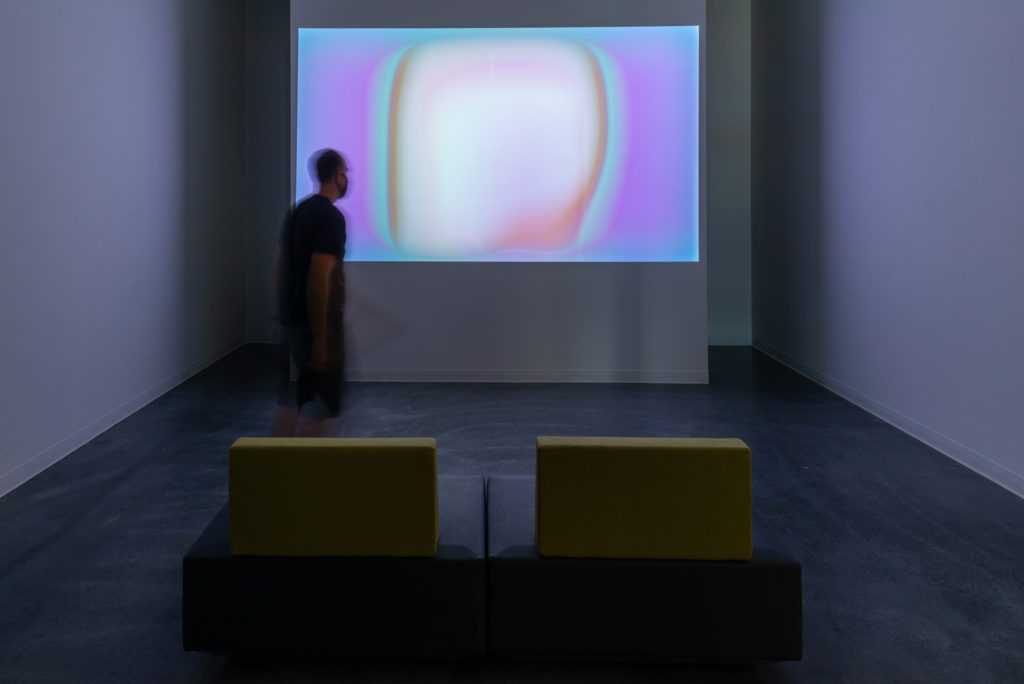
generative code / google workspace / facebook.com / netflix.com / amazon.com / apple.com / projection
Images courtesy of Michael Love.
In our visioning and forecasting of days to come, a feedback loop is at play courtesy of (re)presentation. If we believe the future includes people talking into their wrists or space flight or self-driving cars and artificial intelligence, we act in accordance with those visions. Quite often realizing our speculative aspirations. If pop cultural depictions of race, sexual orientation, nationality, body-type, et cetera, are diverse we normalize a range of potentials, challenging what has been the white, male, heteronormative default. And, similarly, if we challenge the financially motivated, micro-targeting, attention-capturing, and manipulative yet sophisticated techniques which accompany our digital lives, particularly as they relate to internet browsing and social media, we can change course and channel a better, brighter, slower, more balanced and intentional tomorrow.
The american made machines series reveals a hidden and alternative potentiality inside of our relationship to modern technology, while simultaneously encouraging a reflection of the personal, ethical, and social dimensions to this dynamic. The work is as much a (re)presentation of the form and function of the always-on digital infrastructure of our 21st century lives as it is a chance to revisit individual intentionality and possible futures within this relationship. While the imagery itself is literally composed of HTML and CSS objects, through their algorithmically generative transformation these visualizations function as abstract color fields or Rorschach tests. This seductive (re)presentation of the www asks you to look inward as much as it does into the digital world. What is your relationship to the internet, to screens, and technology at large? You can surely survive without modern technology, but can you thrive – how does it determine y/our lives? What do you see here, beyond vaguely recognizable inboxes, search recommendations, product grids, and comment boxes? On a larger scale, are we ready to do the difficult work of training ourselves out of problematic internet behaviours and into a deeper appreciation of one’s own role within these systems? How do you confront and factor in your role within these systems? What do you want it – and yourself – to be?
At face, by interrupting the normal operation to the internet, big tech, and this exact curated moment. I’m pausing the system and creating space for reflection. But, the solution is not simply a pivot to the overused and facile notion of “being present”, which views base awareness as a solution to past problems and future potential. I feel this new-age informed intentionality is misguided and half-baked. Rather, if we must rely on intention, let’s intentionally borrow from our understandings of the past and future. From the past, take what we’ve learned – regrets and triumphs and the great swath of the middle — to make more meaningful choices; we pull from the past in order to inform our richer future. And, from the future, we remind ourselves that certain things are undone. Once we do this, once we locate ourselves as flowing between past, present, and future, we begin to expand a previously narrow cultural, personal, and digital language for how to live.
generative code / google workspace / facebook.com / netflix.com / amazon.com / apple.com / projection
Images courtesy of Michael Love.
Grounded in an artistic and academic tradition that probes the borders between human and technological ecosystems, american made machines takes inspiration from the abstract paintings of Mark Rothko, whose works (re)present – and deny – modern technology, as well as the contemporary practice of James Turrell, whose art immerses the viewer in a contemplative space. The work is conceptually framed by Immanuel Kant’s exploration of the sublime while also channeling the skepticism optimism inside of a Frankfurt forward philosophy.
The american made machines series is part of an ongoing exploration into the social, emotional, and existential impact of technology on contemporary life, ultimately working towards a more reflective, calmer, and intentional experience. It is part of a greater desire to push back the horizons of the possible.
The series unfolded as a series of canciónes, or songs:
american made machines // (canción f.)
american made machines // (canción a.)
american made machines // (canción a².)
american made machines // (canción n.)
american made machines // (canción g.)
Please contact CMC for individual stills from the above canciónes or for a custom piece.
────────── ⋆⋅✿⋅⋆ ──────────
The Process
The code is my own (with insights from J. Bridle and the lovely hive of scum and villainy that is Reddit.) It is an instrument which produces an unknown visual aesthetic. While the color fields can be likened to digital abstractions they are, being html/css transfigured, still functional websites.
I run the code at 5 second intervals, the average time it takes for a complete cycle of inhalation and exhalation. During this time, I utilize a script to generate screen captures which are sequenced into a video. Here the individual stills dissolve into one another, existing in a state of perpetual change and impermanence – this echoes the always on nature and it’s shifting, seething, possibilities.
The work best presents as a contemplative immersive installation in which viewers are encouraged to stay and contemplate the display for an extended duration (i.e. a large 16:9 projection in an empty and dark room with comfortable seating and minimal distractions, including outside noise, is ideal.) Lacking that, please view the work at full-screen in high-resolution, and, preferably, in a quiet and dark place.

generative code / google workspace / facebook.com / netflix.com / amazon.com / apple.com / projection
Images courtesy of Michael Love.

